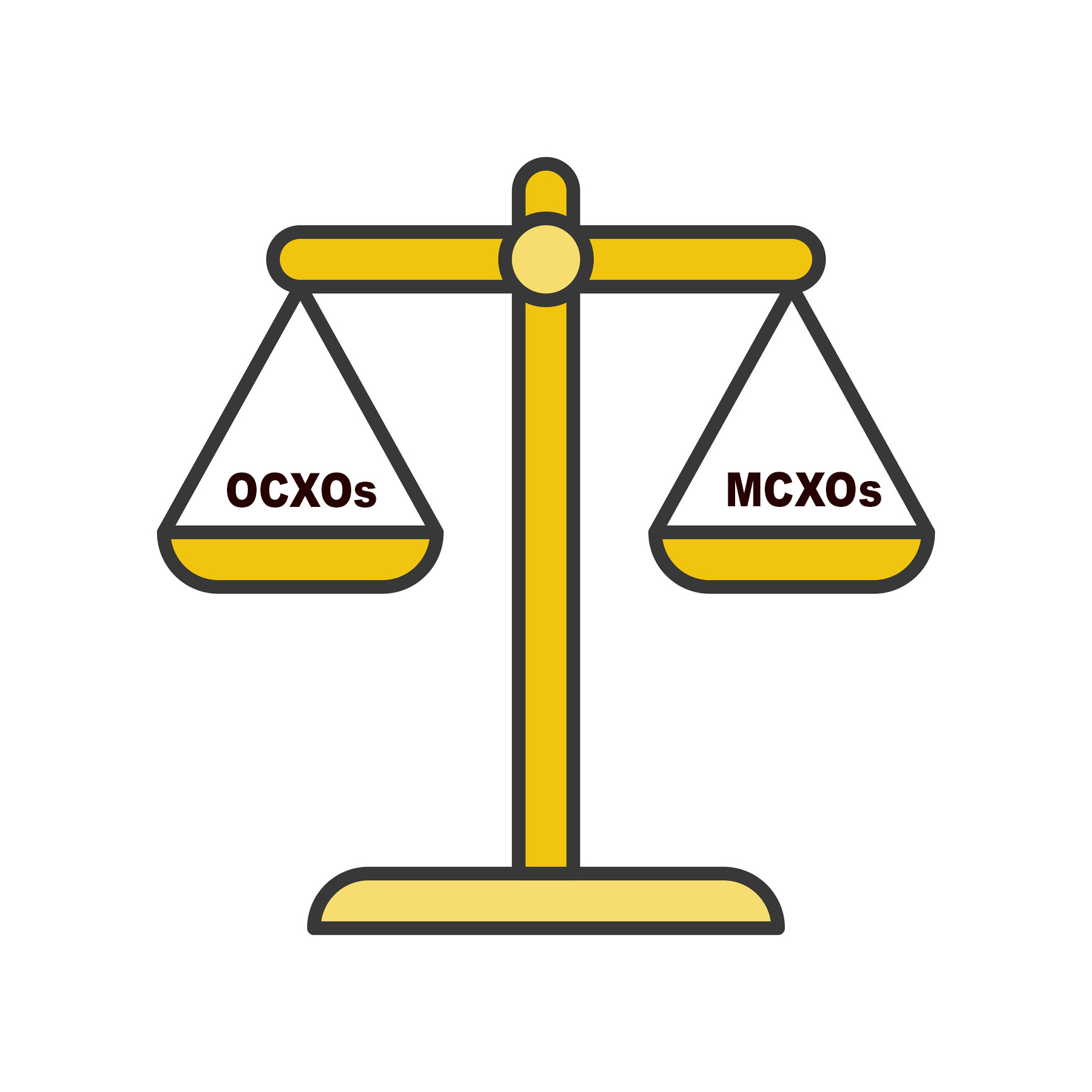
Oven-controlled (OCXO) and microprocessor-controlled (MCXO) crystal oscillators each provide exceptional frequency stability over a wide temperature range, using very different approaches.
Introduction
This post will describe the technology behind OCXOs and MCXOs and delve into the Size, Weight and Power (SWaP) benefits provided by MCXOs. The next article in this series will introduce the first space-qualified MCXO for low-earth orbit (New Space) applications.
Crystal Oscillator Stability
All crystal oscillators are based on the very stable frequency vibrations of a piezoelectric quartz crystal resonator. Usually, the crystals and their associated circuitry are carefully designed and crafted so that the quartz crystal will vibrate only at the one desired resonant frequency. A stand-alone crystal oscillator can hold a frequency stability of better than ±50 ppm over the wide military temperature range of -55 to +125 degrees C, which is good enough for most electronics applications.
If very high stability is needed, an oven-controlled crystal oscillator uses the technique of putting the crystal inside a very precisely controlled oven, which can achieve about three orders of magnitude better frequency stability over temperature. OCXOs typically have higher performance for other important oscillator parameters including phase noise, jitter and long-term stability (aging). However, the OCXO comes at the cost of a lot more size, weight and power consumption. A typical OCXO draws at least a few watts of power, while the power consumption of XOs (simple crystal oscillators) is measured in milliwatts.
The Benefits of MCXOs
The driving purpose of the MCXO is to achieve the performance of the OCXO, but with much lower power consumption and much faster warm-up (the time it takes an oscillator to reach its required stability after turn-on). The deceptively simple method the MCXO uses to do this is to operate the quartz crystal resonator at two different frequencies at the same time.
By doing this, and by manipulating the data thus created, the MCXO crystal becomes a self-sensing thermometer; that is, the crystal essentially tells us exactly what its temperature is at any given moment, and to a very high degree of precision and thereby allowing the frequency to be more precisely compensated. It also uses much less power than an OCXO.
Every OCXO requires a separate temperature sensor to precisely monitor the temperature of the quartz crystal resonator. In the case of the OCXO, one must know the crystal temperature in order to continually correct that temperature to the desired oven temperature. The difficulty is that the temperature sensor can not be mounted on the actual crystal resonator, because of mass loading and contamination effects, but instead must be mounted on the outside of the crystal’s hermetically sealed package, and because of the thermal time lag the thermometer will never actually be at the exact crystal resonator’s temperature.
The MCXO does away with this problem because the crystal reports its own actual temperature in real-time. How does the crystal do this? By making the MCXO crystal vibrate at two different frequencies at the same time. Every piezoelectric crystal can oscillate in many different modes, each with its own frequency.
A key point of a crystal’s design is to make it prefer to oscillate in one particular mode. But with the MCXO crystal, the crystal is designed to oscillate in two modes at the same time, one being the fundamental mode of an SC cut crystal – a very special doubly rotated cut with respect to the hexagonal quartz crystal axes that gives the crystal excellent temperature stability. The second mode of vibration is on the crystal’s third overtone. The crystals used in precision oscillators can vibrate on a fundamental mode, where the frequency is proportional to the thickness of the quartz blank, or on any odd-numbered overtone.
In this case, the third harmonic overtone is used, but the third overtone frequency is not exactly three times that of the fundamental mode, but a very close 2.999. This ratio actually varies minutely with temperature, and this ratio of the fundamental mode frequency to the third overtone frequency is a most precise indicator of the exact temperature of the crystal at any moment. All of this is very carefully characterized and stored away for each MCXO crystal and is then used in real time to calculate the exact temperature based on the ratio of the two frequencies at any moment.
The result is that the MCXO can be made to give approximately the same performance as a good OCXO but with power less than 100 milliwatts compared to an OCXO’s three to five watts. The typical warm-up time of an OCXO is 10-plus minutes versus less than one minute for the MCXO. In other words, the MCXO can offer more than a full order of magnitude lower power consumption and faster warm-up time than the OCXO. This, for some applications, is revolutionary.
The next article in this series will introduce the first MCXO qualified for low-earth-orbit (New Space) applications.